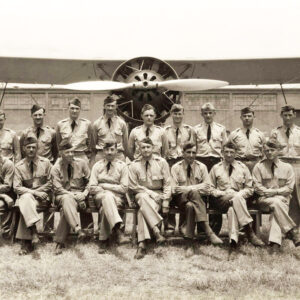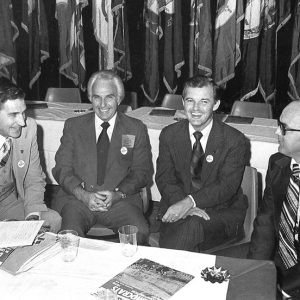Gender: Male - Starting with [0-9]
aka: Fifth Arkansas Volunteer Infantry (African Descent)
113th United States Colored Infantry (US)
aka: Sixth Arkansas Volunteer Infantry (African Descent)
 154th Observation Squadron
154th Observation Squadron
 1978 Congressional Campaign
1978 Congressional Campaign




